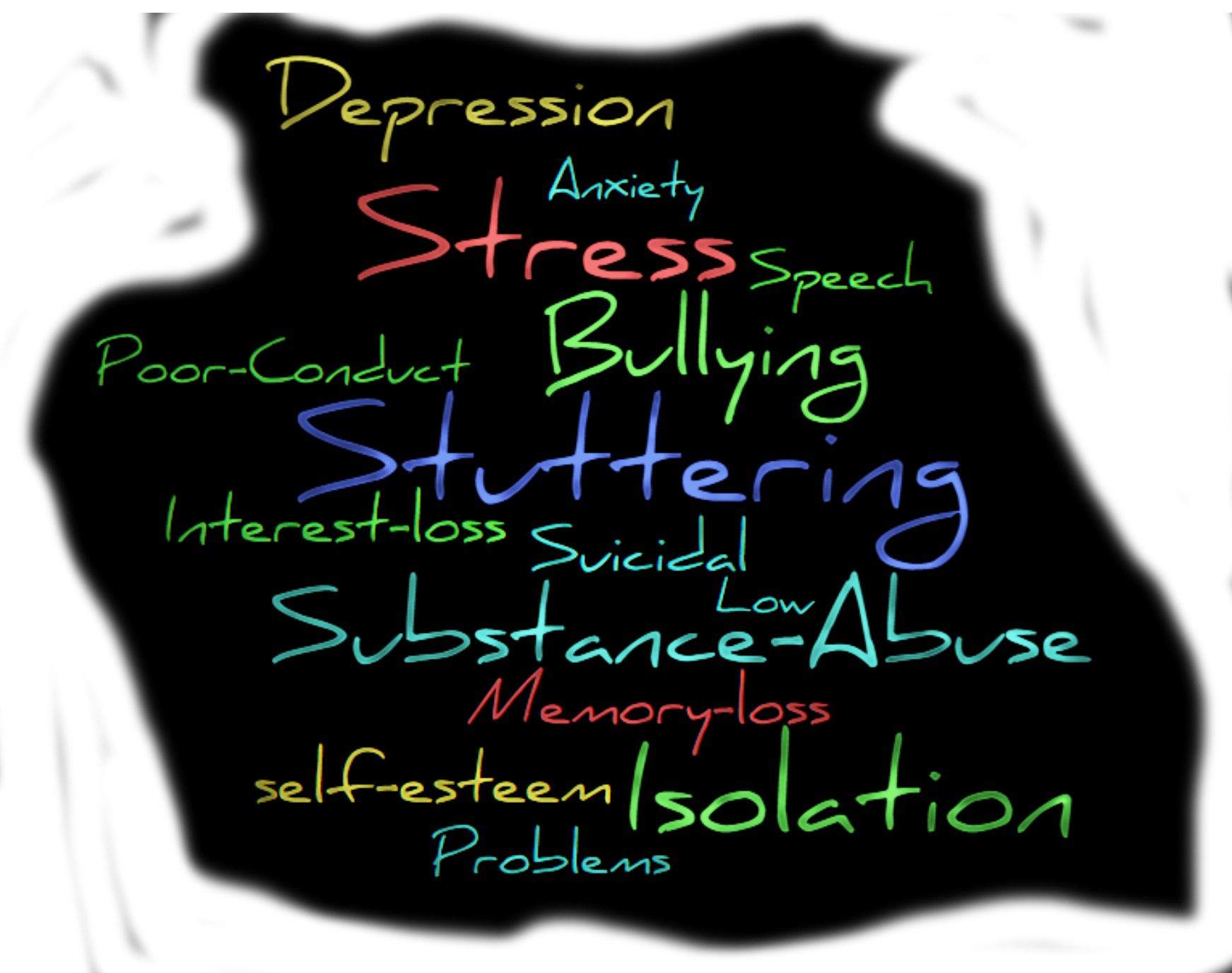
What are the Gaps?
Gaps in the current education system caused by areas where students, teachers, or institutions struggle are many. Guardian Airwaves LLC wants to narrow these gaps with our product solutions.

ADHD diagnoses are rapidly rising.***
25.1 million youths (12-17 ages) in the U.S. make up our Middle School and High School student body.*
7.1M youths have been diagnosed ADHD. 5.5M of these diagnosed with ADHD had at least one co-occurring disorder such as learning disability, conduct disorder, anxiety, depression, and speech problems.**
- Achievement Gaps
- Teacher Shortages & Inequities
- Unequal Access to Higher Education
- Curriculum Gaps
- Social & Emotional Learning (SEL)
- Technology Gaps
- Special Education Needs
- Lack of Vocational Education Opportunities
- Language Barriers among migrant or international students
*https://www.childstats.gov/americaschildren/tables/pop1.asp
**2022 National Survey of Children’s Health

ADHD may be a significant risk factor for developing smartphone addiction. Excessive smartphone use has been associated with numerous psychiatric disorders.****
***CDC reported that in 2022, over 7 million (11.4%) U.S. children aged 3-17 years were diagnosed with ADHD, an increase of 1 million compared to 2016
****https://pmc.ncbi.nlm.nih.gov/articles/PMC6408841/
ADHD Overall Neurodevelopmental Disorders (NDDs)
Approximately 15-20% of the general population exhibits some form of neurodivergence. Among 3-17 year olds in the United States (2019-2020) the average is:
- ADHD: 8.5% (6.3 Million)
- Autism Spectrum Disorder (ASD): 2.9% (2 Million)
- Intellectual Disability: 1.4% (1 Million)
- Learning Disability: 6.4% (4.53 Million)
“Approxately 1 in 9 U.S. children have ever received an ADHD diagnosis (11.4%, 7.1 million children) and 10.5% (6.5 million) had current ADHD. Among children with current ADHD, 58.1% had moderate or severe ADHD, 77.9% had at least one co-occurring disorder, approximately half of children with current ADHD (53.6%) received ADHD medication, and 44.4% had received behavioral treatment for ADHD in the past year; nearly one third (30.1%) did not receive any ADHD-specific treatment.

Detects co-existing emotional conditions that is prevalent in 67% of ADHD youths.
https://www.cdc.gov/adhd/data/index.html

Majority of U.S. States are in Need

The majority of US states in yellow are in great need for support for their kids but yet there is a huge shortage of special ed teachers due to burnout, heavy workloads and now non-existent budgets. Many special education teachers report:
- Feeling isolated and unsupported
- Heavy Workload
- Low Pay
- Burnout
- Need for Professional Development
The Bureau of Labor Statistics projects a need for 37,600 new special education teachers from 2020 to 2030 to meet growing demand.* Hiring of teachers is not increasing.
Why Should Parents & Teachers Care?
Educational Outcomes
- They are far less likely to enroll in a 4-year college.
- They are 11X more likely to not enroll in any school vs. enrolling in a 4-year college.
- 50% attend vocational or junior colleges vs. 18% of the non-ADHD comparison group.
- 15% hold a 4-year degree compared to 48% of the control group.
- 0.06% held a graduate degree compared to 5.4% of the control group.
Biederman, Joseph at al. (July 2012). Adult outcome of attention-deficit/hyperactivity disorder: a controlled 16-year follow-up study. Journal of Clinical Psychiatry 73(7):941-50.
Biederman, Joseph et al. (May 2010). How persistent is ADHD? A controlled 10-year follow-up study of boys with ADHD. Psychiatry Research 177(3):299–304.
Why Should Our Nation’s Workforce Care?
Occupational Outcomes for young adults with ADHD between the ages of 23 and 32:
- They are 11x more likely to be unemployed and not in school.
- They are 4x more likely to be in unskilled vs. clerical occupation, and 6x more likely to be in unskilled vs. professional occupations.
- 61% more likely to have been fired, compared to 43% of the comparison group.
- 33% more likely to have been laid off, compared to 13% of the comparison group.
Kuriyan, A.B., Pelham, W.E., Molina, B.S.G. et al. Young Adult Educational and Vocational Outcomes of Children Diagnosed with ADHD. J Abnorm Child Psychol 41, 27–41 (2013)
William J. et al. (2013). Mortality, ADHD, and psychosocial adversity in adults with childhood ADHD: a prospective study. Pediatrics 131(4):637-644.
Guardian Airwaves LLC is focused on changing these statistics by providing tailored education technology and career support for ADHD and neurodiverse individuals to unlock economic opportunities and remove barriers to sustained employment.
